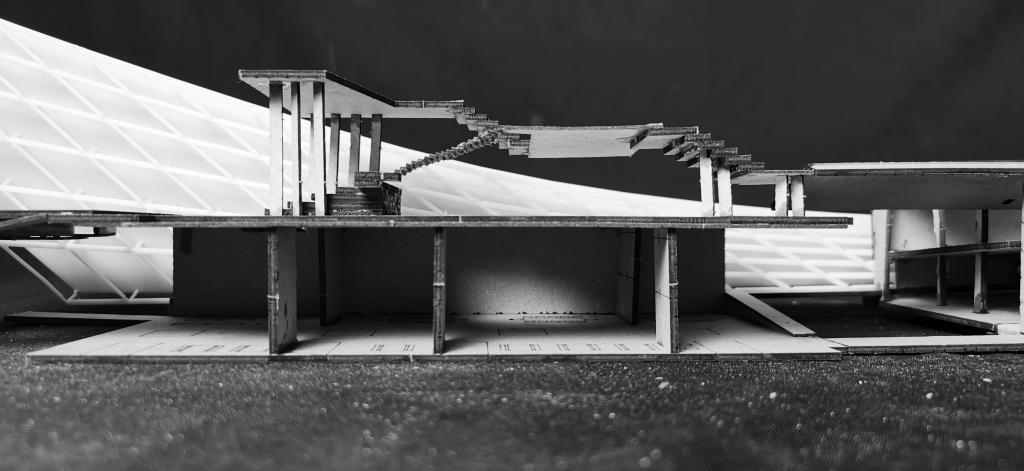
Overview
The discipline Architecture of Chongqing University was established by Huang Jiahua, Chen Boqi, Xia Changshi, Long Qingzhong and other scholars in 1935. In 1952, the Discipline went through institutional adjustment and became the Department of Architecture, Chongqing Institute of Architectural Engineering. After that, led by renowned scholars such as Ye Zhongji, Gu Qiyi, Tang Pu, Huang Zhongshu, Chen Qigao, Li Zaichen and Wan Zhongying, the Discipline has been carried on from generation to generation. By now, it has trained more than 10,000 talents, and has become one of the most influential disciplines that nurture high-standard talents in architecture. In 1978, the Discipline restored enrollment of postgraduate students. In 1981, the Discipline was approved to establish a postgraduate program. In 1986, it established the first doctoral program of Building Technology in China. In 2001, it established the doctoral program of Architecture. In 2011, the doctoral program of first-level discipline was established, and the discipline was appraised as a key discipline of Chongqing Municipality.
Among graduates from the Discipline since 1977 when the university entrance examination was resumed, there is 1 academician of the Chinese Academy of Engineering, 2 National Survey and Design Masters, 2 national high-level talents, more than 30 provincial survey and design maters and academic leaders, 10 "Top 100 Architects in Modern China", and more than 20 winners of the Young Architect Award of Architectural Society of China. Now the Discipline has 80 teachers, including 1 national famous teacher, 1 national teaching team, 2 municipal teaching teams of Chongqing, and 2 municipal-level postgraduate tutor teams. There are 2 specially appointed professors under the Bayu Scholar Program, 2 Academic Technology Leaders and 3 candidates, 2 engineering survey and design masters, 2 introduced foreign high-level talents, 2 "Top 100 Architects in Modern China", 4 winners of the Architecture Education Award of Architectural Society of China, and 3 winners of Young Architect Award.
Sub-discipline and advantageous characteristics
In recent years, the Discipline has been focusing on the major needs of the country and the region, and has established a system of theory and practice of mountainous architecture with distinct regional characteristics. The three sub-disciplines, including Mountainous Architectural Design and Theory, Architectural History Theory and Cultural Heritage Protection, and Building Technology Theory and Engineering Technology Method, have taken in international elements and made new research breakthroughs. The Theory and Method of Mountainous Urban Design has become a new growth point of the discipline, and allows the Discipline to remain at the domestically leading and internationally advanced level in the field of mountainous architecture.
Talent nurturing goals
Based in China and holding a global vision, the Discipline aims to develop students into interdisciplinary research-oriented talents in architecture with rich fundamental theoretical knowledge, international horizon and spirit of innovation, and the ability to adapt to and shape the future.
Source of students
We are one of the most competitive destinations for students. The enrollment mark of undergraduate students is generally higher than 120 above the average enrollment mark of local key universities. The admission rate of postgraduate students is 1:8. Totally 95% of the students are from Double-First-Rate universities and those that have passed the program evaluation. More than 10 international students are enrolled on a yearly basis.
Influence at home and abroad
The Discipline has been sticking to the idea of development that highlights research of regional architecture and global coordination, and is enjoying an international fame in research of mountainous architecture. It has significant influence in the industry at home and abroad. In recent years, the Discipline has built a research team of architectural technology with the most complete system in China. More than 20 members of the team hold an academic post in national and industrial specialized committees, 2 are serving as directors of international academic organizations, and more than 10 are serving as members of the editorial board of international academic journals. A disciplinary team with worldwide and nationwide influence has been built up. Besides, the Discipline took the lead in establishment of the Southwest China Education Alliance of Architectural Colleges and Universities, and has founded important domestic academic forums including "Liangjiang Forum" and "One River and Four Cities". It is admitting international students from countries along the "Belt and Road", and, by doing so, it plays a leading role in the middle and western China, and serves as a bridge between east China and west China.


